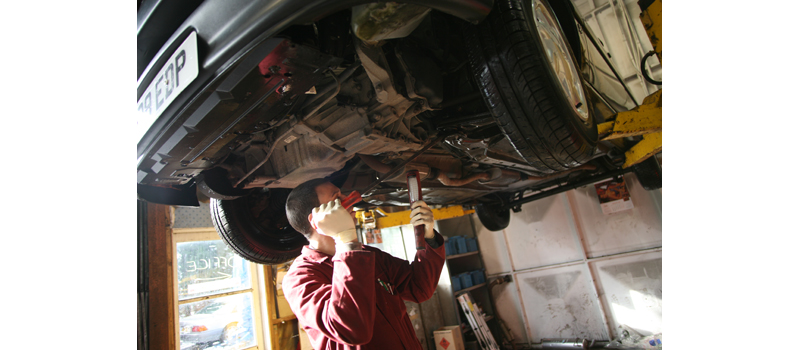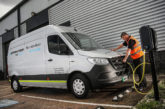
Vans are, of course, a central part of your business, but keeping them well maintained and in a good state of repair can easily fall to the bottom of a list of priorities. Simon Barter, Head of SME Direct at Lex Autolease, looks at how losing focus on vehicle maintenance is landing companies with surprise costs.
For all businesses in the trade – whether you’re operating as a sole trader or a larger firm managing a small fleet of vans – having company vehicles on the road is the difference between being able to complete a job for a client or not. However, despite this heavy dependence, the research has found keeping vans well maintained is often pushed to the back of the queue behind other business priorities. This means that firms are facing the risk of unplanned repairs, which can lead to vehicles being out of action, resulting in significant costs.
While the issue isn’t considered a key priority for business owners, recent research from Lex Autolease – which surveyed 500 UK SMEs that run company vehicles – found that it’s negatively impacting company cash flows. MOT failures are a particularly common issue, with the research finding more than one in four small businesses to have failed an MOT at a total cost of £350million. On top of this expense, further unplanned trips to the garage over the last year have cost businesses an average of £4,300 each. Together with the initial costs, this is inevitably having a knock-on effect on day-to-day work – a total of 3.3 million working days were lost in the last 12 months because company vehicles were off the road.
Business confidence is currently buoyant according to the latest Business in Britain report, but it’s concerning to see so many putting their plans at risk by exposing themselves to large, unplanned maintenance expenditure. What makes this worse is that the research suggests the majority of this expense appears to be avoidable. While many would think that wear and tear, accidents or even potholes are the source of the problems, the findings highlight poor maintenance and poor driving as the underlying issue behind the costs. Indeed, more than half of the companies surveyed admitted that their most recent trip to the garage was a direct result of poor maintenance on their part.
Basic knowledge
Looking for the root cause of the problem, the research suggests that a lack of practical knowledge when it comes to basic vehicle maintenance has a large part to play. A large proportion of the company vehicle drivers questioned in the research don’t possess the knowledge needed to carry out standard maintenance checks or detect the common problems that often result in a van requiring significant repair.
The research has thrown up some surprising statistics. According to the findings, nearly half (49%) of drivers don’t know how to ensure their tyre treads are legal, more than a third (35%) are unable to check their tyre pressure, 45% are unsure of how to check if they have enough oil and just under half (49%) can’t change a tyre.
Most businesses may consider this knowledge to be very basic, but many drivers don’t make the checks themselves and larger businesses could often be guilty of thinking staff already know how to carry out routine maintenance checks. However, a high percentage are not providing training programmes or having the correct policies in place to ensure that staff have this knowledge. Of the companies we spoke to, 53% don’t offer any form of basic training for their company drivers and almost half have no policies which require staff to perform checks before they use vehicles for work.
With these proportions so high, it’s perhaps unsurprising that a large number of drivers continue to use vehicles for work when they’re in need of repair or some form of maintenance. According to our research, 40% of senior managers surveyed said they have driven a vehicle for work with a known fault.
Reducing the risk
A firm’s cash flow can be significantly impacted by having to pay large, unexpected repair bills for company vans, together with the time lost with vehicles being off the road. As a result of the knock-on effects, we’re seeing a growing number of tradespeople looking to change how they operate their vans to reduce the risk and improve forward planning. Leasing is one option businesses have, and the number of firms adopting this approach is growing. In 2014, we saw a 110% year-on-year rise in commercial vehicle leasing as companies increasingly seeing the benefits of reducing their overhead costs and freeing up cash for growth.













